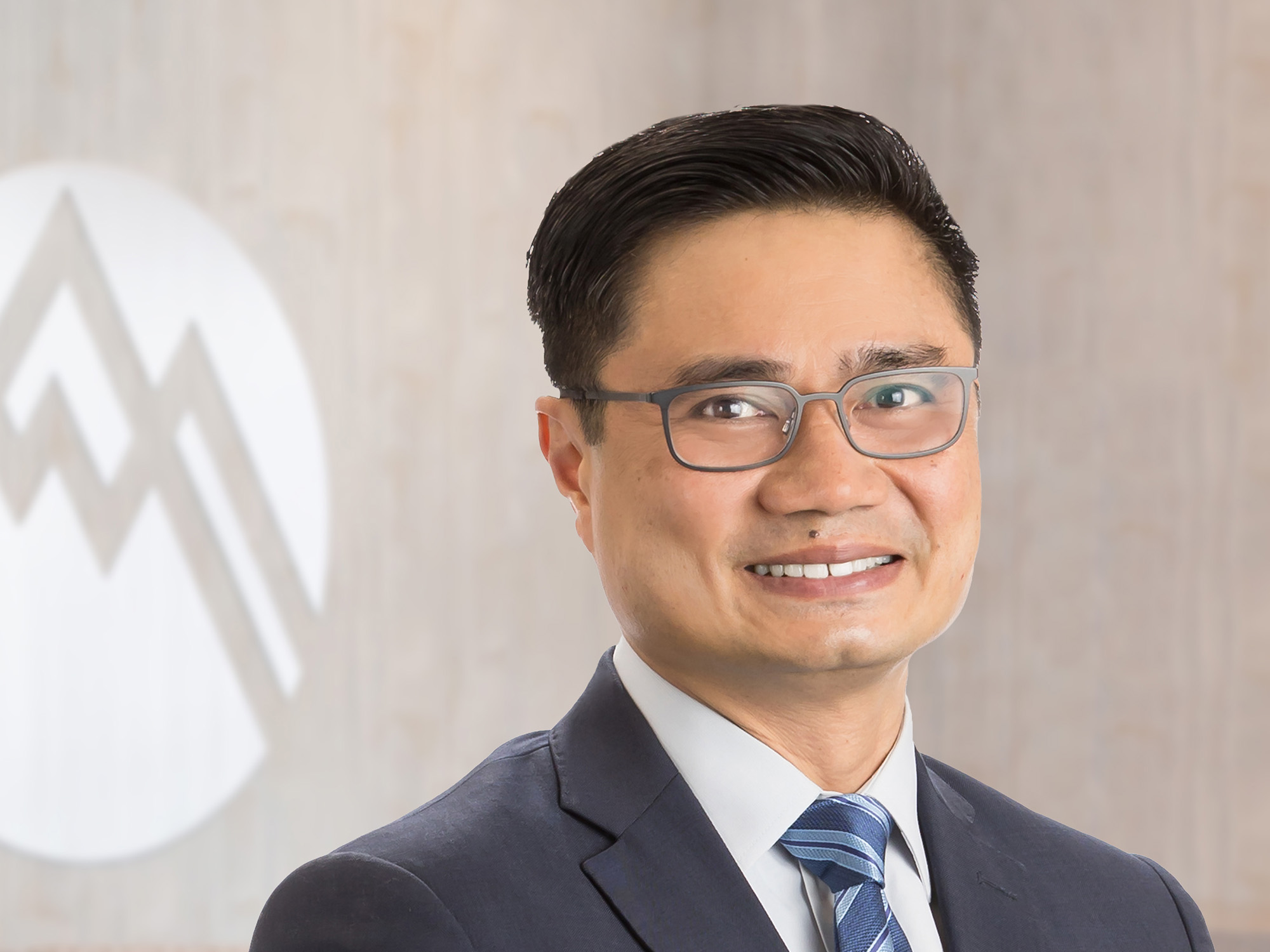The prospect of spine surgery is unsettling for any patient. Dr. Santos explains the surgical approaches used to correct back problems, and discusses the considerations that come into play when evaluating a traditional versus a minimally invasive surgical approach.
“It is understandable that patients may be scared of undergoing surgery on the spine,” says Summit spine surgeon Dr. Edward Santos. “Patients deserve to understand their options. For me, this is a discussion that starts in the clinic when I meet my patient.” When there is interest in minimally invasive spine surgery, Dr. Santos shares some important information to consider.
A conservative approach
“I consider myself a conservative surgeon,” he continues. “That means that I often find myself talking patients out of surgery more than I talk them into surgery! Most of the spine surgeries I do are elective—this means that it ultimately boils down to the patient’s assessment of the pain. I always explain that in most cases, they don’t have to have surgery and there’s no harm in waiting. However, when everything else fails, surgery is a very powerful option to alleviate pain, improve quality of life, and restore function.
When to request minimally invasive spine surgery
“When patients do elect a surgical procedure, some of them will ask about minimally invasive techniques,” he says. “These techniques employ smaller incisions, bring about less trauma to the tissues around the spine, cause less bleeding, and generally result in a more rapid recovery. Each case is unique, and may or may not be amenable to minimally invasive options. We do a thorough assessment of the problem and the appropriate recommendation is made. Some cases require a traditional open approach, and this usually is the course of action for cases where several levels are involved.
When traditional methods make the most sense
“If the back problem spans three, four, or five levels, that indicates that there is a complex deformity or significant degeneration,” he says. “It is better to negotiate these more extensive conditions with traditional surgery methods instead of minimally invasive techniques. Of course, we may combine techniques. For one part of the procedure, we might use a traditional surgical approach, and for another component within the same procedure, we might do a minimally invasive approach. These surgical decisions are about how diffuse the pathology is—or how many levels of the spine are affected—and how widespread the pathology is. The more widespread the problem, the more likely it is that we’ll need to do the surgery the conventional way.
“We have a number of exciting techniques available,” he concludes. “I think minimally invasive surgery is here to stay—this is the most dynamic area of spine surgery. But the most exciting aspect is not the fact that these techniques exist, but that we can use them, in a medically appropriate way, to achieve the best outcome for each individual patient.”
Summit Orthopedics offers comprehensive spine expertise
Our back specialists diagnose spine problems and design custom treatment plans built on a conservative, nonsurgical approach. Most patients find relief through treatments including guided injections, specialized physical therapy, biofeedback, exercise, activity modification, and medication. When conservative care does not relieve symptoms, our highly skilled surgeons offer proven, evidence-based surgical options. Together with you, we will determine the right course of action.
Start your journey to a healthy spine. Find your spine expert, request an appointment online, or call us at (651) 968–5201 to schedule a spine consultation.
Summit has convenient locations across the Minneapolis-St. Paul metro area, serving Minnesota and western Wisconsin. We have state-of-the-art centers for comprehensive orthopedic care in Eagan, MN, Plymouth, MN, Vadnais Heights, MN, and Woodbury, MN, as well as additional community clinics throughout the metro and southern Minnesota.
Related resources
- Watch the video: Minimally-invasive spine surgery at Summit
- Get the question answered: What is a Minimally Invasive Spine Fusion?
- Get the question answered: What Do I Need To Know About Minimally Invasive Spine Surgery?
- Ask Dr. Wahlquist: What’s the difference between minimally invasive and minimal access surgery?
- See Summit’s treatment options for neck, back, and spine care
- Check out additional information on Summit’s approach to spine care

